Piezoceramic multilayer actuators on board the “Rosetta” space probe
On 2 March 2004 at 08:17 CET, an Ariane 5 G+ booster rocket took off from the Kourou space centre in French Guiana. The mission: 67P/Churyumov–Gerasimenko. The payload: ESA’s 3-tonne “Rosetta” cometary probe including science experiments, the “Philae” lander – and8 piezoceramic multilayer actuators with a mass of 31.8 g.
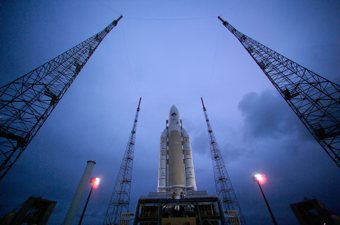
© ESA–S. Corvaja
Even at lift-off of the rocket booster 10 years ago, thepiezo actuators built into the “Philae” lander had to withstand the extreme vibrations and thermal shocks before leaving the Earth’s atmosphere. After achieving a near-Earth trajectory around the sun, “Rosetta” carried out several swing-by maneuvers persistently nearing its target: the comet 67P/Churyumov–Gerasimenko.
The probe spent part of the journey in hibernation mode – for 957 days in the freezing coldness of space, 660 million kilometers from the sun, only the on-board computer and some heating elements for the scientific payload were provided with energy.
According to plan, “Rosetta” was activated in January 2014 with the “Philae” lander being activated in March. After the meticulous and successful testing of all on-board instruments for their full operability, the probe will continue to close in on the comet from around two million kilometers to an eventual height of 10km. It is here that on 12 November 2014, a world’s-first should take place: “Philae” will detach from “Rosetta” and land on the comet 67P/Churyumov-Gerasimenko.
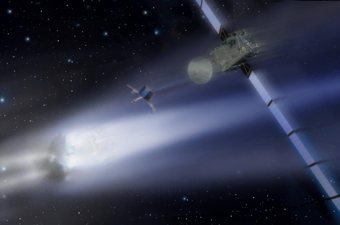
© ESA 2001
Both probe and lander will then explore the comet during its active phase together, providing ESA’s scientists with an insight into the chemical and isotopic composition of the early solar system.
One of the instruments that will be used on the comet’s surface is the MIDAS (Micro-Imaging Dust Analysis System), a high-resolution atomic force microscope that can image the fine structure of individual dust particles and can even make individual atoms “visible”. MIDAS is to investigate the dust on the comet’s surface, analyze the mineral composition and if possible provide information about the age and journey of the comet.

The piezoceramic multilayer actuators from CeramTec are responsible for guiding the extremely fine measuring needles in the MIDAS instrument: actuator fine positioning of the highly sensitive needles takes place with a precision of 4 millionths of a millimeter. This means that a surface square with side lengths of a maximum of 100µm (= thousandths of a millimeter) will be scanned with a resolution (accuracy) of 4nm (= millionths of a millimeter). 100µm corresponds roughly to the thickness of a sheet of writing paper – 4nm is 25,000 times less.
Piezo actuators are typically used in precise positioning systems, but that is not their only use. PZT actuators are used for precision guidance in many systems, from laboratory technology and car manufacturing to machine engineering. Even if not quite as spectacular as with “Rosetta” and “Philae” – when precision, speed and power are needed, piezoceramic materials offer interesting and reliable solutions when it comes to micro-positioning, valve control, vibration damping or acoustics.
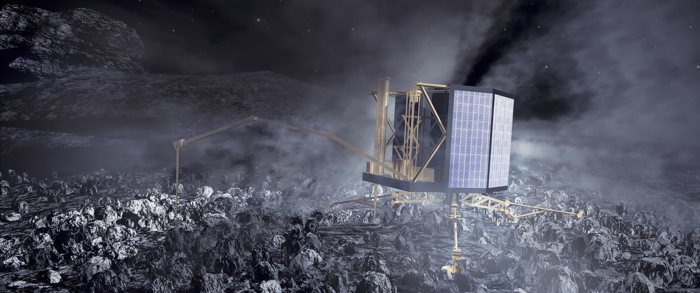
© ESA–AOES Medialab
We will only find out whether the “Rosetta” mission will be a success and if the “Philae” lander can begin its tasks on the 12 November at around 16:00 UTC – this is when the signal confirming the landing should reach the Earth, following a signal propagation delay of 28 minutes and 20 seconds.
© ESA/ATG medialab

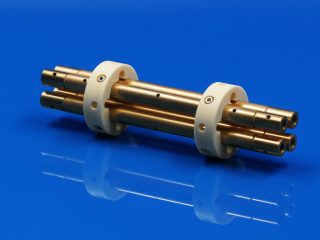
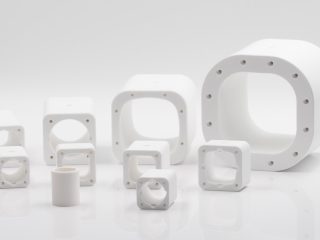
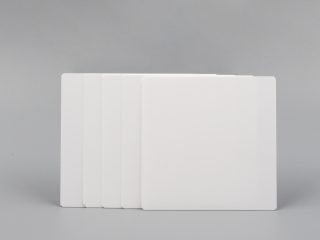
 Enquiry
Enquiry